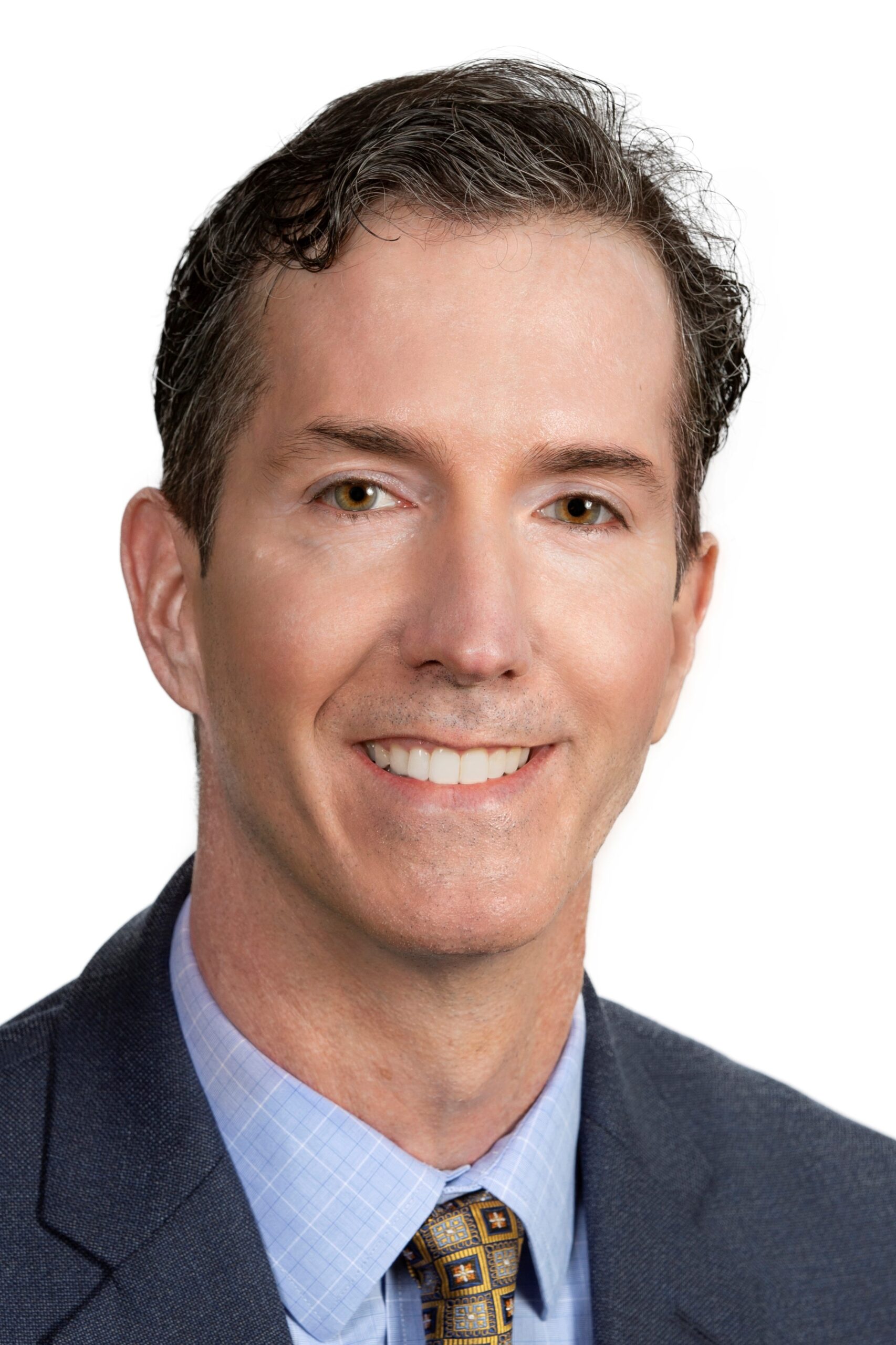
Ryan Sullivan is a Vice President and Managing Director of Applied Insights for Hartford Funds. He leads communication workshops around the country and speaks on a variety of financial and practice management topics, with a focus on retirement research from the MIT AgeLab. To date, Ryan has provided insights to audiences in 46 states and Puerto Rico, as well as led over a thousand webinars.
Here is what Ryan had to say when asked about effective communication:
GenHERation®: What are three steps you should take to prepare for a presentation?
Ryan Sullivan: First, try to find a topic that you feel passionate about. If you don’t have a choice about the presentation topic, seek to find a unique perspective to bring to the subject—this will help to keep you engaged and excited to research and share your insights. Listeners can tell when a speaker is enthused about their topic—that helps keep the audience engaged, as well.
Next, learn what you can about the audience you’ll be speaking with, so that you can better tailor your comments to them. As part of that, consider what their goals and challenges are—this will help you hone your presentation. The more people know you took the time to learn about them, the more they’ll feel you’re speaking with them—not at them.
Last, practice like you’ll be presenting! I used to ‘practice’ by reading through my notes while sitting on the couch, which did nothing to help me gain the confidence to stand in front of a packed room. To this day, I still rehearse in-person talks by standing at one side of a room and speaking toward the other, while I look at different places in the room to practice my eye contact. For new webinars, I practice by sitting at my computer, sharing my screen, and looking into the webcam while I speak.
If you’re going to present while wearing more formal attire, practice at least once dressed that way. Going to be using a hand-held mic? Hold a hairbrush and speak into it while you rehearse! The more we practice like we’ll actually present, the better.
GenHERation®: What actions can you take to become a more confident public speaker?
Sullivan: Develop a repeatable process to organize your presentations. The one I leverage most is the framework of What / So What / Now What. The What is easy—those are the facts, details, etc., that we want to share. The So What is a bit more difficult. Why should people care? How does the information we’re sharing either help the audience to move toward a goal or avoid a negative outcome? Last, Now What—be sure to clearly lay out small yet meaningful steps that people can take to implement your suggestions. The best part of the What / So What / Now What framework? You can use it whether giving a one-minute update or a one-hour presentation.
Also, be sure to seek objective feedback. While it’s useful to record yourself practicing or presenting a talk, we’re often too critical of ourselves—I know I used to be! Asking for feedback from someone you trust and respect can be invaluable. Be clear that you really want to improve your skills and ask for three things they believe you could refine. By being specific, people know we’re looking for constructive input, not just a pat on the back.
The thing that helped me most was the opportunity to practice while receiving support and feedback, which I gained by joining Toastmasters.org. They have in-person and online meetings around the world, and I found the program extremely useful. With that training, I progressed from someone who was afraid of public speaking to now doing it for a living and teaching it to others. There are similar organizations out there—consider finding one that works well for you.
GenHERation®: How can you form a connection when having a one-on-one conversation in a business setting?
Sullivan: First, don’t be distracted. It can be tempting to glance at our phone or smartwatch while in a conversation, yet there’s no quicker way to give the sense that we’re not really listening to someone. That said, if you need to keep an eye on your phone for a good reason, let the other person know that. For example, ‘I apologize for glancing at my phone—I’m waiting for an important update about…’ Typically, the other person will understand and not take it personally.
Then, focus on showing curiosity in the other person. As the saying goes, we build better relationships by being interested than trying to be interesting. That is, instead of trying to impress the other person with who we are, ask sincere questions to learn who they are—then build connections from the things you have in common.
Last, leave the door open for additional conversations. Let the other person know you enjoyed speaking with them and consider offering a follow-up interaction, such as to connect via LinkedIn or over a virtual call. Also, ask if there’s anything you can do to help them. It’s a great way to build relationships, whether the other person reciprocates or not.
GenHERation®: How can you demonstrate that you are an active listener both virtually and in person?
Sullivan: Earlier, I mentioned the importance of not seeming distracted—that’s a good start. When appropriate, nodding our head, smiling, laughing, or asking the other person for more details also shows we’re engaged. Research shows that asking follow-up questions is a great way to show we’re listening and that we’re interested in what the other person has to say. Also, don’t underestimate the power of a ‘callback’—that’s when we refer to something the other person said in a prior conversation. It shows that not only were we listening in that earlier discussion, but we thought what they said was important enough to remember.
GenHERation®: What etiquette best practices should you follow when sending emails?
Sullivan: I’m a big fan of clear subject lines, succinct messages, and obvious calls to action. This is another place where I use the What / So What / Now What framework to share information and motivate responses. We show we respect other people’s time and attention when we make our emails easy to read, we clearly lay out what we’d like them to do next, and we provide them with a reasonable timeframe to respond. As I’m writing an email, if I find it’s too long or potentially confusing, I schedule a call with the recipient instead. Proofread well—don’t solely rely on the auto spell check! It won’t pick up what’s wrong with a sentence like, ‘Eye was sew hoppy two see ewe!’
GenHERation®: What is the best piece of advice you have ever been given?
Sullivan: Be myself—everyone else is already taken. The mentor who paraphrased Oscar Wilde’s famous quote sensed I was trying too hard to ‘fit in,’ and she was right. I used to put in way too much effort to be accepted, only to find that I didn’t feel authentic, original, or appreciated. Over time, I learned the more I let people know the ‘real’ me, the more I could tap into my unique skills and abilities. I also stopped suffering from impostor syndrome, given I was no longer being an impostor. Lots of companies say they want their employees to bring their authentic selves to work, but only some seem to mean it. Keep searching until you find one that does mean it—I’m very glad I did!
Ryan Sullivan is a vice president and managing director of applied insights for Hartford Funds. He leads communication workshops around the country and speaks on a variety of financial and practice management topics, with a focus on retirement research from the MIT AgeLab. To date, Ryan has provided insights to audiences in 46 states and Puerto Rico, as well as led over a thousand webinars.
Ryan originally joined Hartford Funds in 1996, holding various roles of increasing responsibility. He left the company in 2012 as a vice president of advanced markets. Prior to rejoining Hartford Funds, Ryan founded a business to coach professionals on public speaking and impactful communication. He was later hired by his largest client, financial-planning software company Envestnet MoneyGuide, where he was vice president and head of investor education.
In addition to his role at Hartford Funds, Ryan volunteers his time and communication expertise to help others. Since 2012, he’s led communication workshops at UNC Charlotte’s Center for Leadership and Community Engagement. He also volunteers to help empower athletes with disabilities, people experiencing homelessness, and those living with Alzheimer’s and dementia. Ryan serves on Hartford Funds’ Diversity, Equity and Inclusion advisory council.
Ryan is a registered representative of Hartford Funds Distributors, LLC, and is FINRA Series 7 and 63 registered. He holds his Life, Health, and Variable Products licenses and has earned the Certified Financial Planner (CFP®), Chartered Life Underwriter (CLU®), Chartered Financial Consultant (ChFC®), Chartered Retirement Planning Counselor (CRPC®), and Chartered Mutual Fund Counselor (CMFC®) designations. He’s a Fellow of LOMA’s® Life Management Institute and is also a Registered Corporate Coach (RCC™).
Originally from Hartford, Connecticut, Ryan attended Bucknell University, where he earned a bachelor’s degree in business administration. He currently lives in Charlotte, North Carolina, with his wife, Katie.



Comments (0)